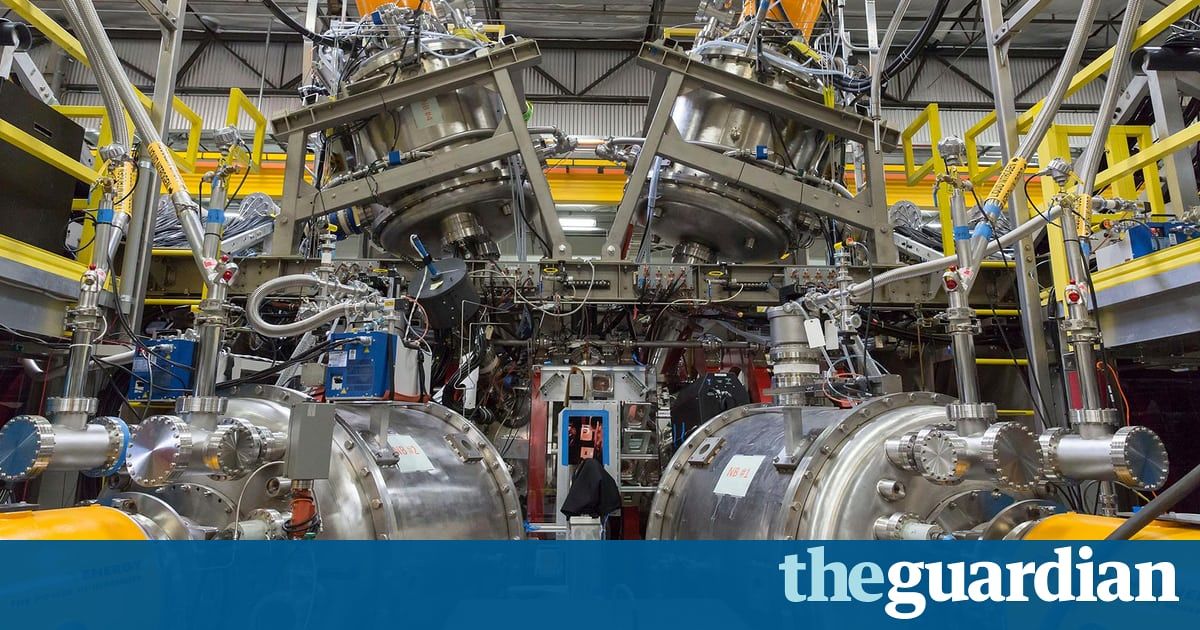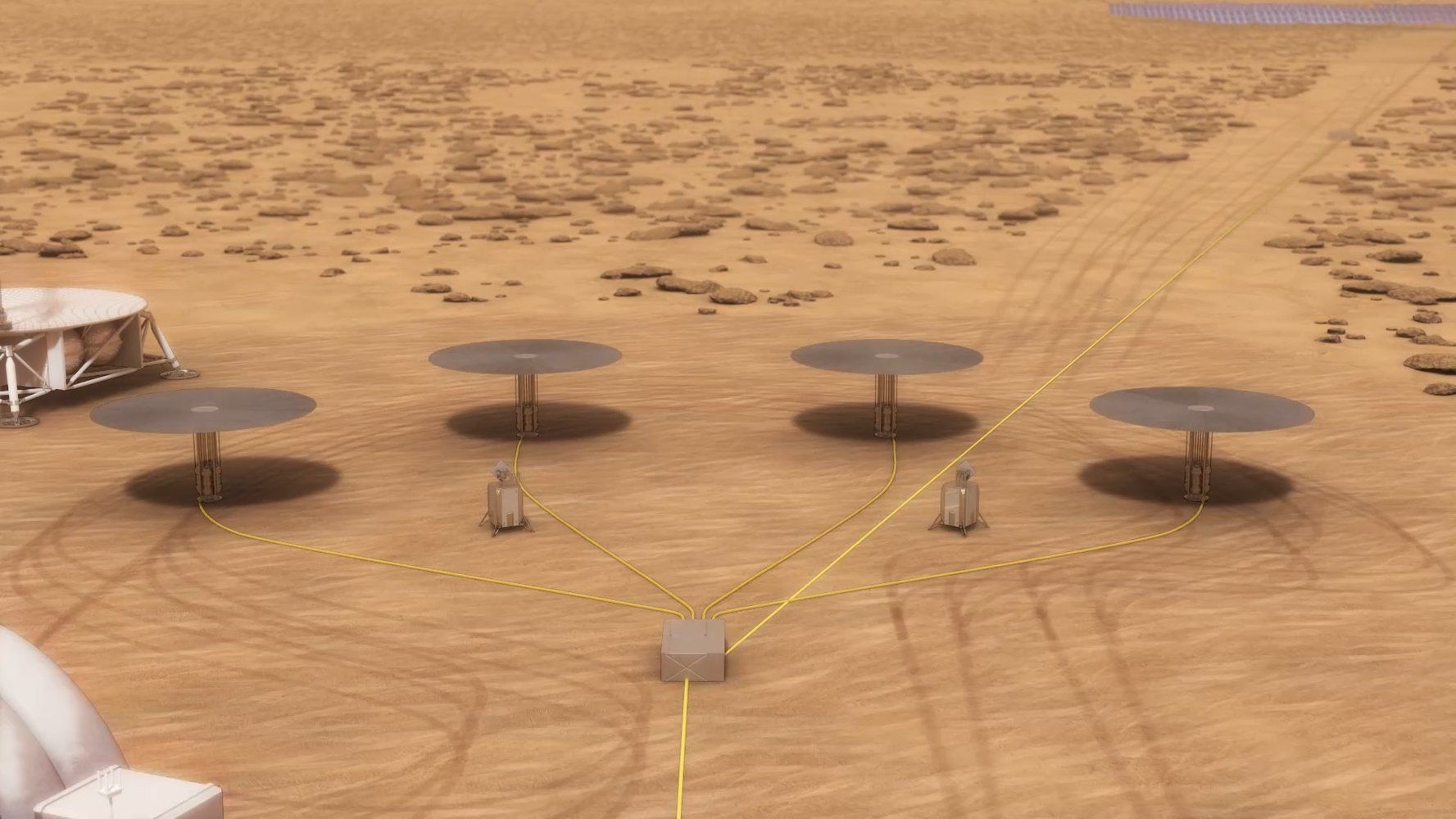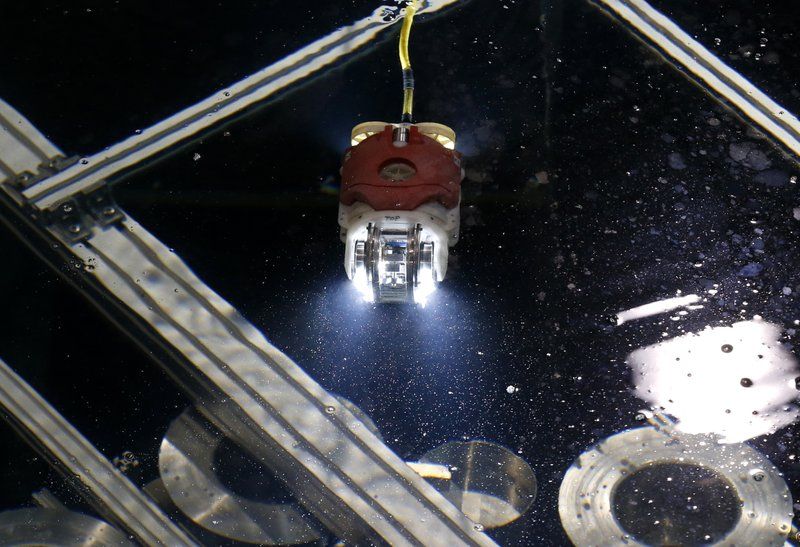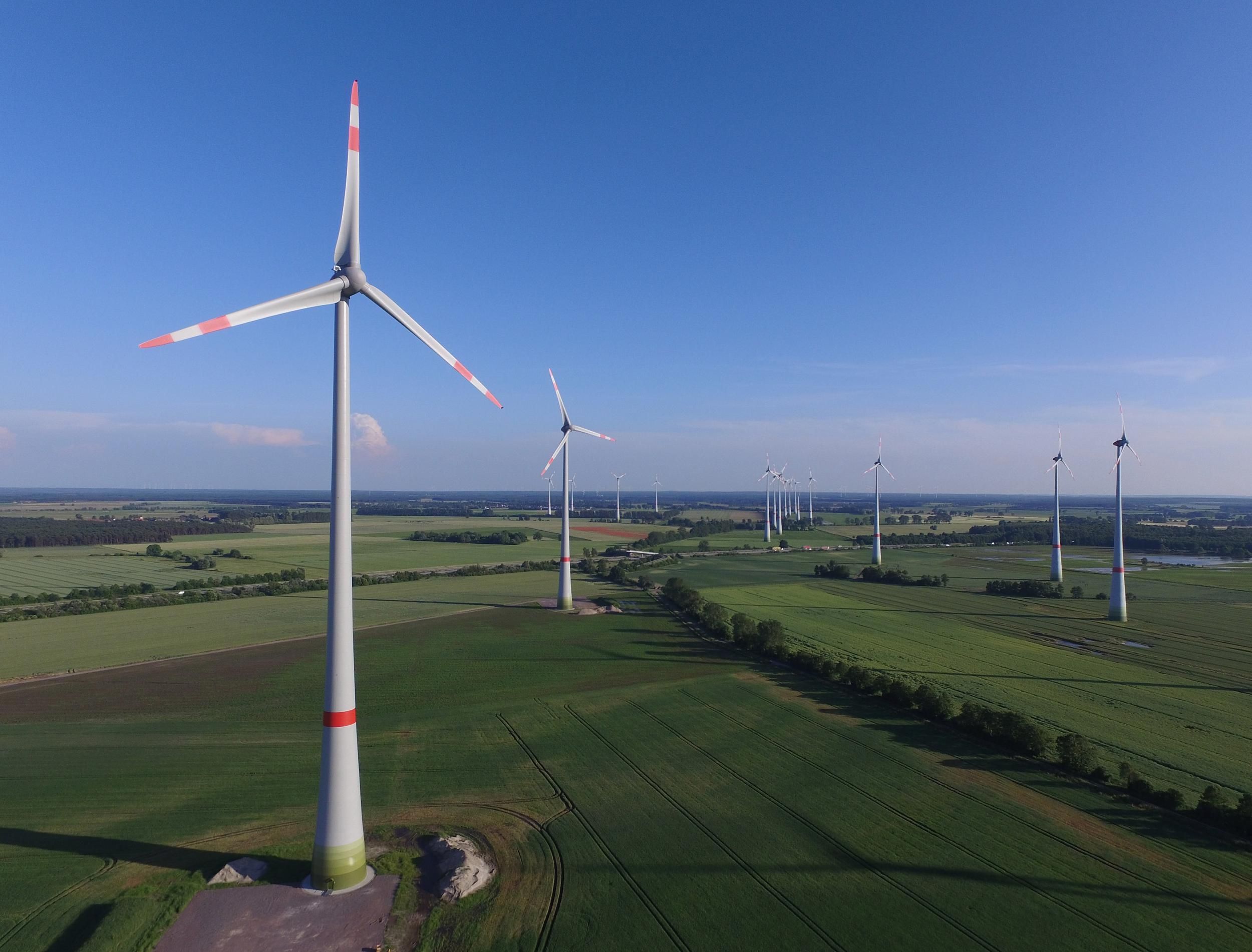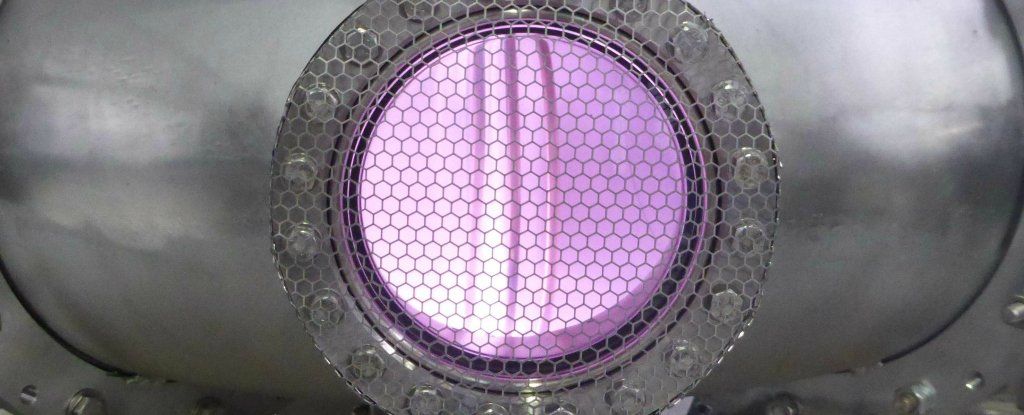Archive for the ‘nuclear energy’ category: Page 117
Jul 8, 2017
Radioactive Diamond Batteries: Making Good Use Of Nuclear Waste
Posted by Dan Kummer in category: nuclear energy
Such a battery produces very low power, but has no moving parts, no emissions of any type including radiation, needs no maintenance, does not need to be recharged and will operate for thousands of years.
The team grew a man-made diamond that, when placed in a radiation field, was able to generate a small electrical current. And the radioactive field can be produced by the diamond itself by making the diamond from radioactive carbon-14 extracted from nuclear waste.
Even better, the amount of radioactivity in each diamond battery is a lot less than in a single banana.
Jun 30, 2017
NASA to Test Fission Power for Future Mars Colony
Posted by Klaus Baldauf in categories: nuclear energy, space
Jun 15, 2017
Swimming robot to probe damage at Japan nuclear plant
Posted by Dan Kummer in categories: nuclear energy, robotics/AI
YOKOSUKA, Japan (AP) — A Japanese industrial group unveiled Thursday a robot designed for underwater probes of damage from meltdowns at the Fukushima Dai-Ichi nuclear plant after the March 2011 earthquake and tsunami.
Remote controlled robots are key to the decades-long decommissioning process for the plant. But super-high radiation and structural damage inside the reactors hampered earlier attempts to inspect areas close to the reactors’ cores.
The developers say they plan to send the new “mini manbo,” or “little sunfish,” probe into the primary containment vessel of Unit 3 at Fukushima in July to study the extent of damage and locate parts of melted fuel thought to have fallen to the bottom of the chamber, submerged by highly radioactive water.
Jun 14, 2017
NASA-Funded Startup to Build Fusion-Powered Rockets
Posted by Klaus Baldauf in categories: nuclear energy, physics, satellites
Nuclear fusion is the process that powers the sun, but closer to home scientists are trying to develop fusion reactors that could provide immense amounts of energy. These reactors are big and (currently) inefficient, but a NASA-funded startup called Princeton Satellite Systems is working on a small-scale fusion reactor that could power advanced fusion rockets. Suddenly, other planets and even other star systems could be in reach.
All the forms of rocket propulsion we currently have involve accelerating propellant out of a nozzle. Then, physics takes over and the vessel moves in the opposite direction. Most spacecraft use chemical propulsion, which provides a large amount of thrust over a relatively short period of time. Some missions have been equipped with ion drives, which use electrical currents to accelerate propellant. These engines are very efficient, but they have low thrust and require a lot of power. A fusion rocket might offer the best mix of capabilities.
Current nuclear reactors use fission to generate energy; large atomic nuclei are broken apart and some of that mass is transformed into energy. Fusion is the opposite. Small atomic nuclei are fused together, causing some mass to be converted into energy. This is what powers stars, but we’ve had trouble producing the necessary temperatures and pressure on Earth to get net positive energy generation.
Continue reading “NASA-Funded Startup to Build Fusion-Powered Rockets” »
Jun 8, 2017
This Man Built a Nuclear Reactor in His Basement
Posted by Shailesh Prasad in category: nuclear energy

Doug Coulter built a nuclear reactor in his basement.
Watch the full MOTHERBOARD video: http://bit.ly/2s69dxm
May 18, 2017
Mini Reactors Could Make Affordable Fusion Power a Reality by 2030
Posted by Dan Kummer in category: nuclear energy
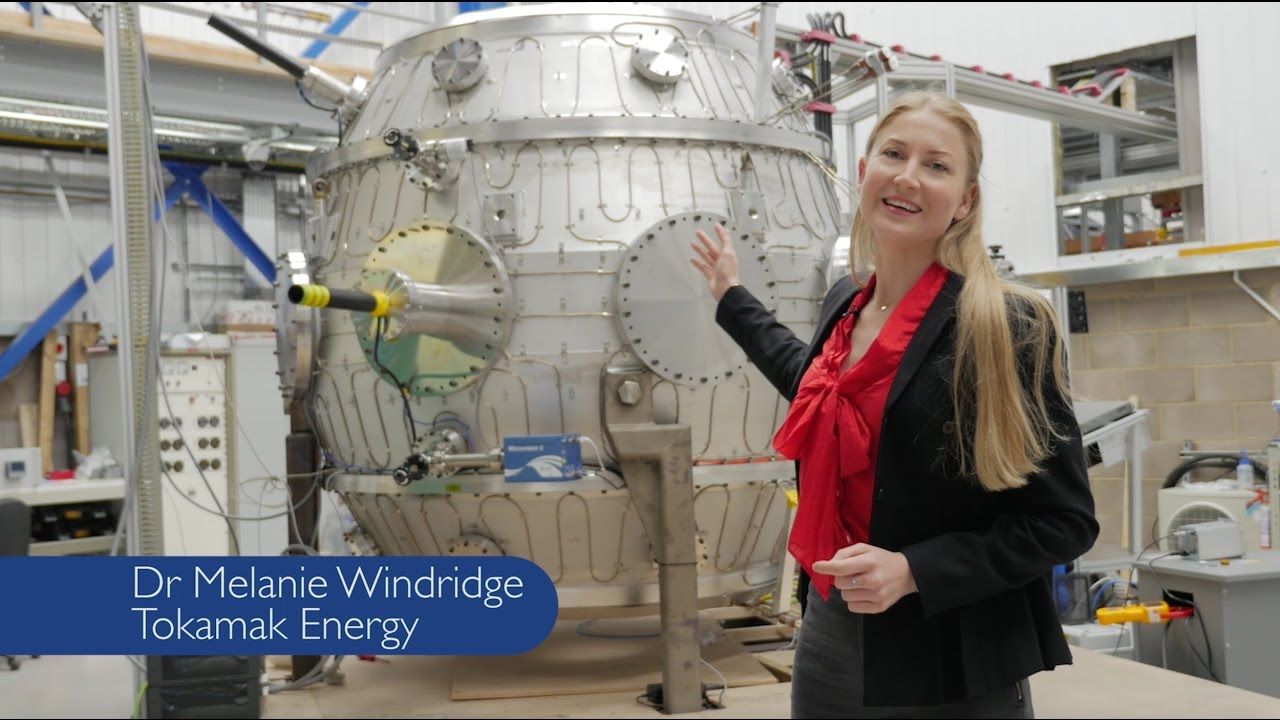
- The small, spherical Tokamak ST40 reactor is on track to reach its next goal of hitting the 15,000,000 °C (27,000,000 °F) mark this autumn.
- When it does, we will be one step closer to achieving fusion power on a commercial scale.
Earlier this month the newest fusion reactor in the U.K., Tokamak Energy’s ST40, achieved first plasma. This milestone event on the road to fusion energy signals the viability of the company’s overall timetable. The more immediate aim for the ST40 is to achieve a temperature of 15,000,000 °C (27,000,000 °F), as hot as the center of the sun — this should happen in autumn of 2017 based on the progress thus far.
May 10, 2017
Germany breaks renewables record with coal and nuclear power responsible for only 15% of country’s total energy
Posted by Shailesh Prasad in categories: government, nuclear energy, sustainability
Germany has broken a new record for renewable energy, with low-carbon sources nearly obliterating coal and nuclear power last weekend.
At one point on the sunny and breezy Sunday, sustainable energy from wind, solar, biomass and hydro power provided a record 85 per cent of the country’s total energy.
Germany has been investing heavily in renewables, as part of the government’s Energiewende initiative to transition away from fossil fuels and nuclear power to a low carbon, environmentally sound, reliable, and affordable energy supply by 2050.
May 2, 2017
Lockheed compact fusion reactor design about 100 times larger than first plans
Posted by Klaus Baldauf in categories: engineering, nuclear energy
There is updated technical information on the Lockheed compact fusion reactor project. It was originally believed that the compact reactor would fit on a large truck. It looked like it might weigh 20 tons. After more engineering and scientific research, the new design requires about 2000 ton reactor that is 7 meters in diameter and 18 meters long. This would be about one third the length of a Dolphin diesel submarine and it would be slightly wider and taller. It would be similar in size to a A5W submarine nuclear fission reactor. We would not know for sure because the A5W size is classified but based on the size and likely configuration of a nuclear submarine this size estimate is likely.
They have performed simulations. In simulations, plasma confinement is achieved in magnetic wells with self – produced sharp magnetic field boundaries. • Design closes for 200 MW th reactor, 18 meters long by 7 meters diameter device assuming hybrid gyro – radii sheath and cusp widths and good coil support magnetic shielding. • Neutral beam heats plasma to ignited state. • The dominant losses are ion losses through the ring cusps into stalks and axially through the mirror confined sheath. • Good global curvature gives interchange stability.
Lockheed believes they can get better confinement at the cusps than the EMC2 polywell reactor.
Continue reading “Lockheed compact fusion reactor design about 100 times larger than first plans” »
May 1, 2017
The UK Just Switched on an Ambitious Fusion Reactor
Posted by Montie Adkins in categories: nuclear energy, particle physics
Maybe 10 years away instead of 20?
The UK’s newest fusion reactor, ST40, was switched on last week, and has already managed to achieve ‘first plasma’ — successfully generating a scorching blob of electrically-charged gas (or plasma) within its core.
The aim is for the tokamak reactor to heat plasma up to 100 million degrees Celsius (180 million degrees Fahrenheit) by 2018 — seven times hotter than the centre of the Sun. That’s the ‘fusion’ threshold, at which hydrogen atoms can begin to fuse into helium, unleashing limitless, clean energy in the process.
Continue reading “The UK Just Switched on an Ambitious Fusion Reactor” »
